1. Introduction
Having a clear understanding of your skin type is essential to develop an effective skincare routine. One common skin type is oily skin, which can be easily identified through various characteristics. In this article, we will explore the signs of oily skin and discuss the factors that contribute to its development. Additionally, we will provide valuable tips and remedies to manage and care for oily skin effectively.
2. Understanding Skin Types
Before delving into the specifics of oily skin, let’s briefly discuss the different skin types. The most common skin types are oily, dry, combination, and normal. Each skin type has its own unique characteristics and requires tailored care to maintain its health and appearance.
3. Characteristics of Oily Skin
Oily skin is characterized by excessive sebum production, resulting in a shiny and greasy appearance. People with oily skin often experience enlarged pores, frequent breakouts, and a thick complexion. Due to the increased sebum production, oily skin is prone to acne and can feel sticky to the touch.
4. Identifying Oily Skin
Determining whether your skin is oily can be done through a few simple observations. Here are some signs that indicate you have oily skin:
- Excessive shine on the face, particularly on the forehead, nose, and chin (also known as the T-zone).
- Visible and enlarged pores.
- Frequent acne breakouts, including whiteheads, blackheads, and pimples.
- Skin that feels greasy and sticky to the touch.
- Makeup tends to slide off easily and does not stay in place for long.
5. Factors Contributing to Oily Skin
Several factors contribute to the development of oily skin. Some of the primary factors include:
- Hormonal changes, especially during puberty and menstruation, can stimulate sebum production.
- Genetics play a role in determining your skin type, including whether you are prone to oily skin.
- Environmental factors such as humidity and heat can increase sebum production.
- Certain skincare products that are too heavy or contain harsh ingredients may trigger excess oil production.
6. Impact of Oily Skin
Oily skin can have both positive and negative effects on your overall complexion. On the positive side, oily skin tends to show fewer signs of aging compared to dry skin, as the natural oils help keep the skin moisturized and supple. However, the negative impacts of oily skin include:
- Frequent acne breakouts and blemishes.
- The accumulation of dirt and pollutants in enlarged pores.
- Uneven makeup application and shorter wear time.
- Constant need for blotting or powdering to reduce shine.
7. Dealing with Oily Skin
While oily skin may seem challenging to manage, adopting the right skincare routine and making certain lifestyle changes can help keep it under control. Here are some essential tips for dealing with oily skin:
- Cleanse your face twice daily with a gentle cleanser specifically formulated for oily skin.
- Avoid using harsh or drying products that can strip away the skin’s natural oils, as this may lead to increased oil production.
- Use a lightweight, oil-free moisturizer to keep your skin hydrated without adding extra shine.
- Exfoliate regularly to remove dead skin cells and unclog pores. However, be cautious not to over-exfoliate, as it can irritate the skin and trigger more oil production.
- Always wear sunscreen, preferably a non-comedogenic formula, to protect your skin from harmful UV rays.
- Avoid touching your face throughout the day, as it can transfer excess oil and bacteria onto your skin.
8. Effective Skincare Routine for Oily Skin
Establishing a consistent skincare routine is vital for managing oily skin. Here is an effective routine to follow:
- Cleanse: Use a gentle cleanser to wash your face in the morning and evening.
- Tone: Apply a toner containing ingredients like witch hazel or salicylic acid to help control excess oil and minimize the appearance of pores.
- Treat: Incorporate a lightweight serum or gel with ingredients such as niacinamide or tea tree oil to help regulate sebum production and reduce acne.
- Moisturize: Use an oil-free, non-comedogenic moisturizer to keep your skin hydrated.
- Protect: Apply sunscreen with an SPF of at least 30 to shield your skin from UV damage.
9. Diet and Lifestyle Changes
In addition to a proper skincare routine, making certain diet and lifestyle changes can significantly impact oily skin. Consider the following:
- Eat a balanced diet rich in fruits, vegetables, and whole grains. Limit your consumption of sugary and greasy foods.
- Stay hydrated by drinking an adequate amount of water throughout the day.
- Manage stress levels through activities such as meditation, exercise, or engaging in hobbies.
- Get enough sleep to allow your body to repair and rejuvenate the skin.
10. Home Remedies for Oily Skin
There are several natural remedies that can help control excess oil production and improve the condition of oily skin. Here are a few popular home remedies:
- Clay masks: Applying a clay mask once or twice a week can help absorb excess oil and minimize the appearance of pores.
- Apple cider vinegar toner: Dilute apple cider vinegar with water and apply it as a toner to help balance the skin’s pH and reduce oiliness.
- Witch hazel: Use witch hazel as a natural astringent to remove excess oil and tighten the skin.
- Lemon juice: Mix lemon juice with water and use it as a facial rinse to control oil production.
11. Professional Treatments for Oily Skin
If home remedies and a regular skincare routine do not provide the desired results, you may consider professional treatments. Some common options for managing oily skin include:
- Chemical peels: A dermatologist can perform a chemical peel to exfoliate the skin and reduce oiliness.
- Microdermabrasion: This treatment helps remove dead skin cells and excess oil, improving the texture and appearance of the skin.
- Laser therapy: Certain laser treatments can target and reduce sebum production, minimizing oiliness.
12. Managing Oily Skin Throughout the Day
To maintain a shine-free complexion throughout the day, consider the following tips:
- Carry oil-absorbing sheets or blotting papers to remove excess oil without disrupting your makeup.
- Use oil-free or mattifying primers and foundations to help control shine.
- Avoid heavy creams or emollient products during the day, opting for lightweight and oil-free alternatives.
- Set your makeup with a translucent powder to keep it in place and minimize oil breakthrough.
13. Common Myths About Oily Skin
There are several misconceptions surrounding oily skin. Let’s debunk some of the common myths:
- Myth: Oily skin doesn’t need moisturizer. Reality: Oily skin still needs hydration. Opt for oil-free moisturizers.
- Myth: Washing your face frequently reduces oiliness. Reality: Overwashing can strip the skin, leading to increased oil production. Stick to a gentle cleansing routine.
- Myth: Oily skin doesn’t need sunscreen. Reality: Sunscreen is essential for all skin types, including oily skin, to protect against sun damage.
- Myth: Oily skin doesn’t need exfoliation. Reality: Regular exfoliation helps remove dead skin cells and unclog pores, but be gentle to avoid irritation.
14. Tips for Makeup Application on Oily Skin
If you have oily skin, consider these tips for flawless makeup application:
- Start with a clean, moisturized face.
- Use a mattifying primer to create a smooth base.
- Choose oil-free and non-comedogenic foundations and concealers.
- Set your makeup with a translucent powder to control shine.
- Blot excess oil throughout the day with oil-absorbing sheets.
15. Conclusion
Understanding whether your skin is oily is crucial in developing an effective skincare routine. By identifying the signs of oily skin and implementing the right strategies, you can manage and improve its condition. Remember to cleanse, moisturize, and protect your skin while adopting a healthy lifestyle. Embrace your oily skin and let it shine in the best way possible!

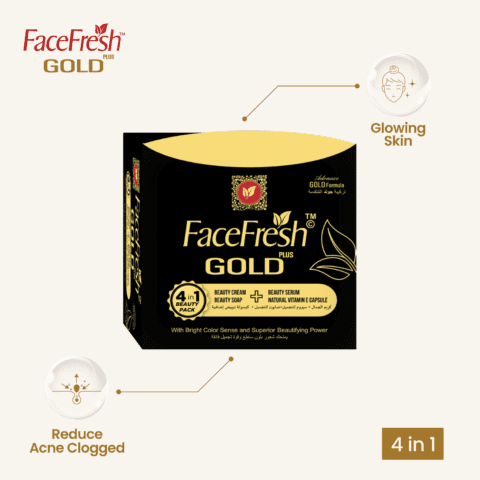
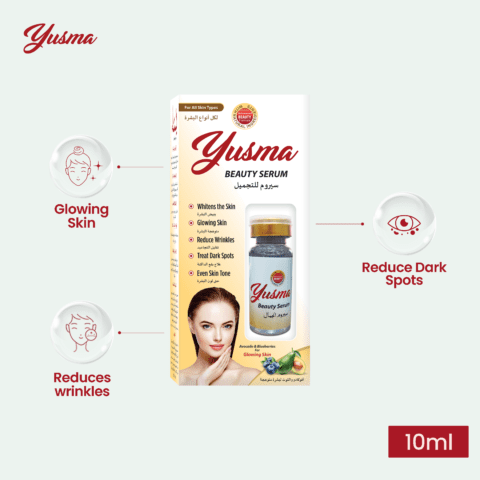

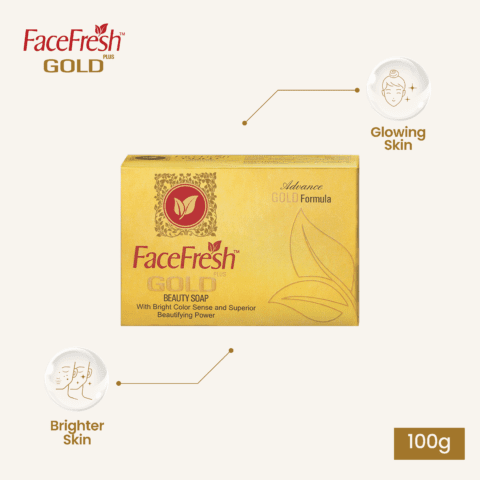
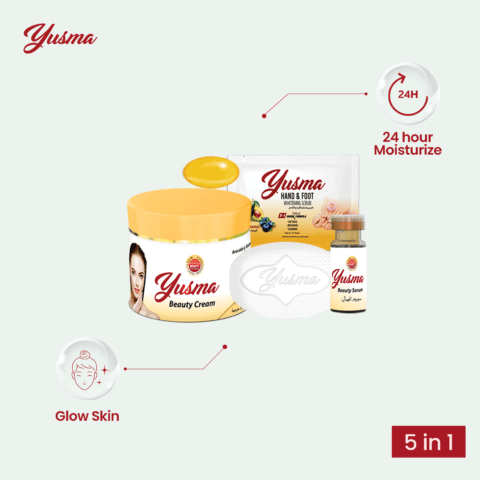
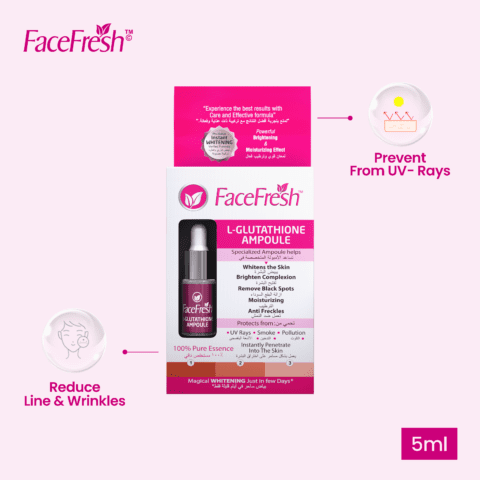
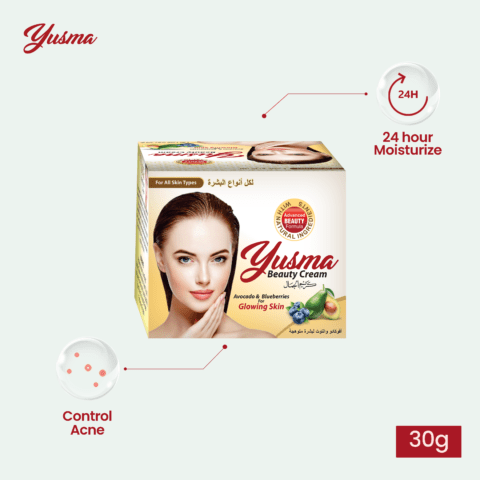
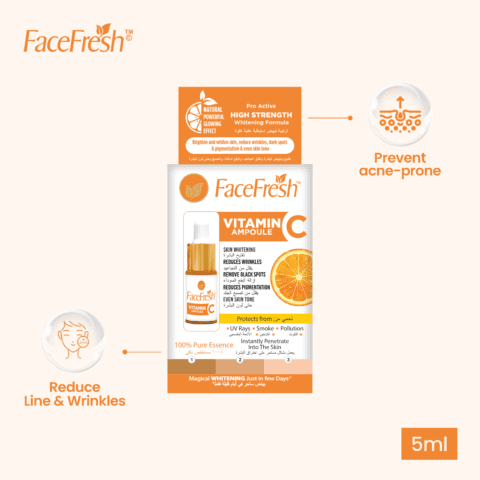
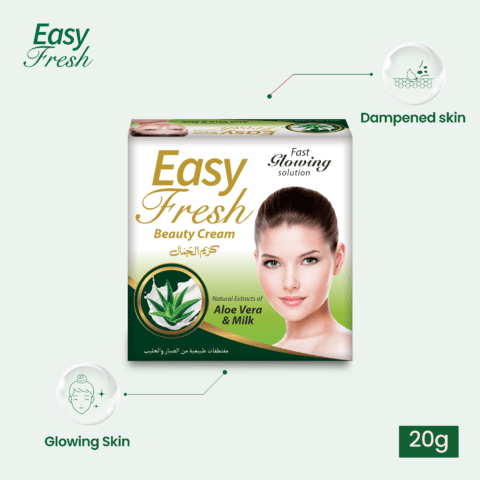
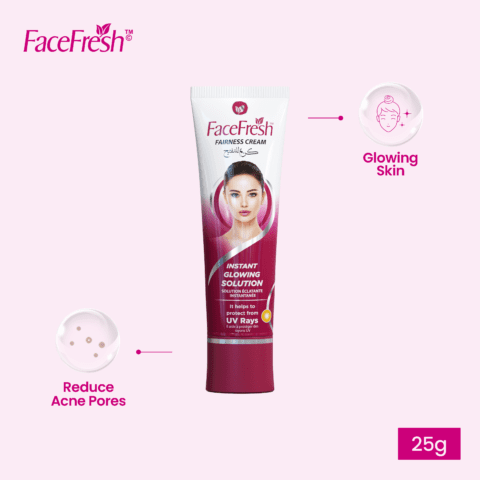

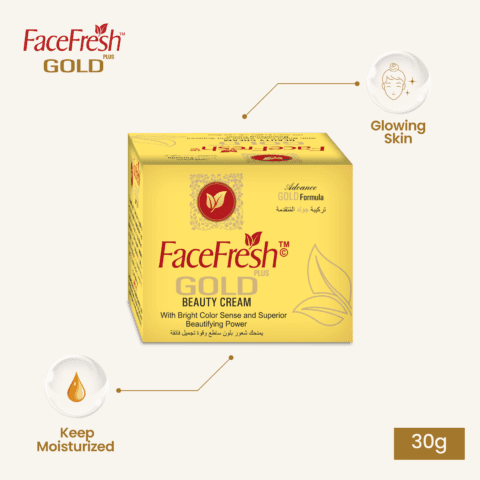

Leave a comment
Your email address will not be published. Required fields are marked *